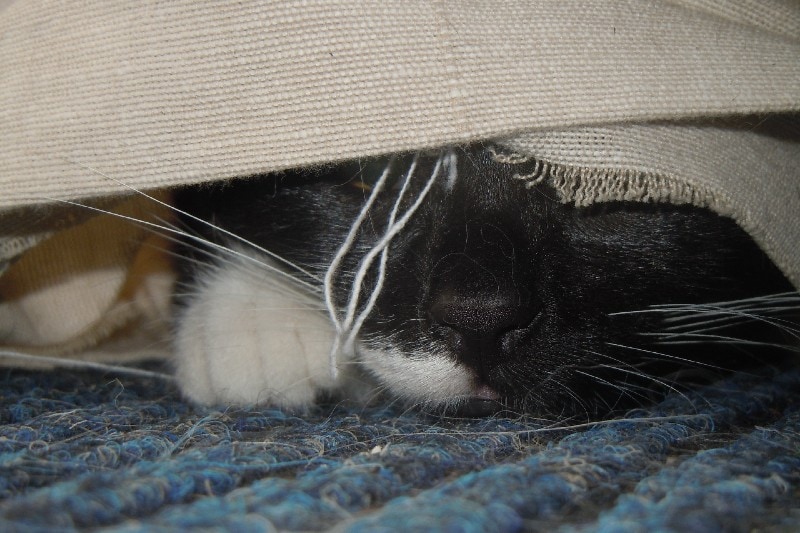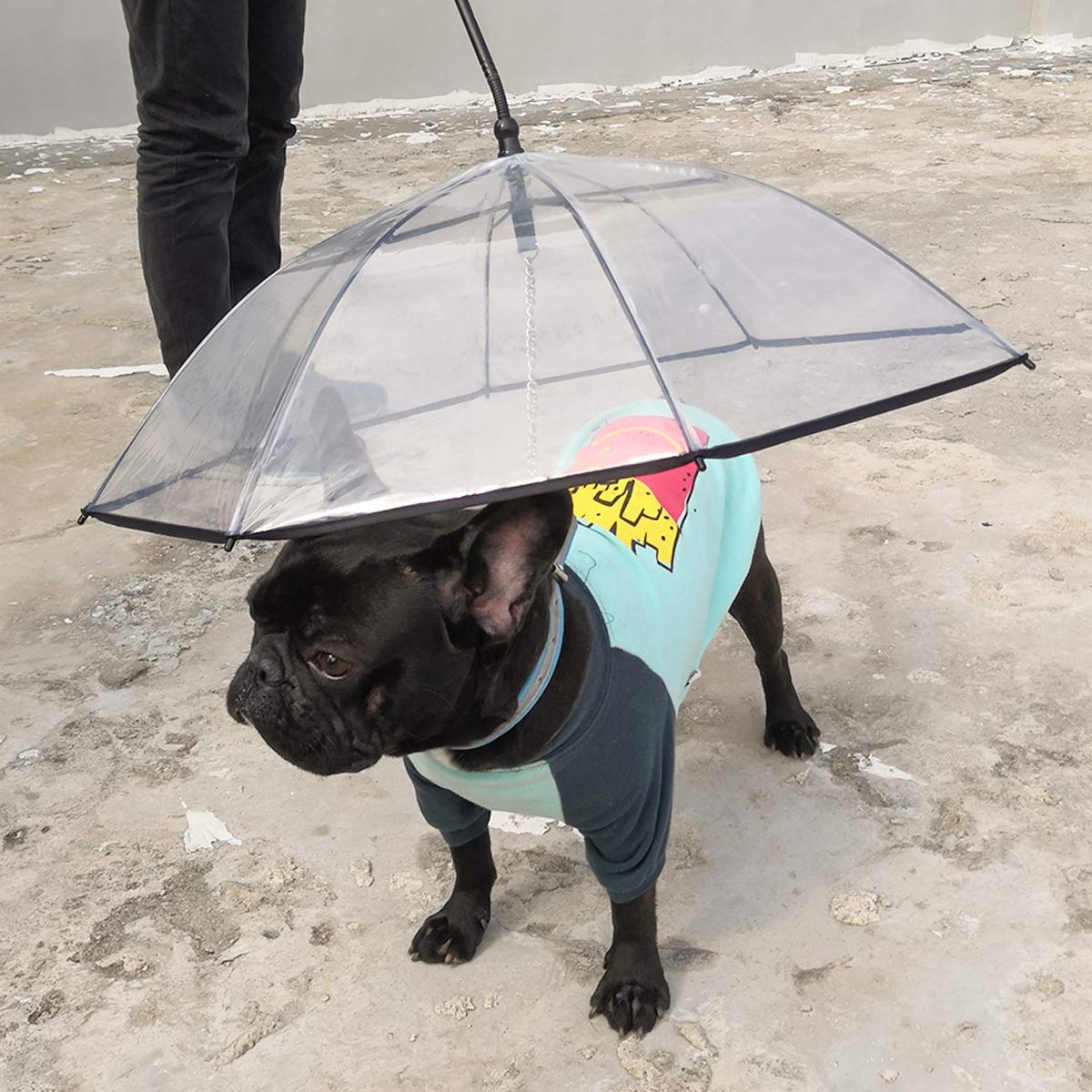My Dog Killed a Cat! 7 Vet-Reviewed Tips on What to Do Next
By Kit Copson
Updated on
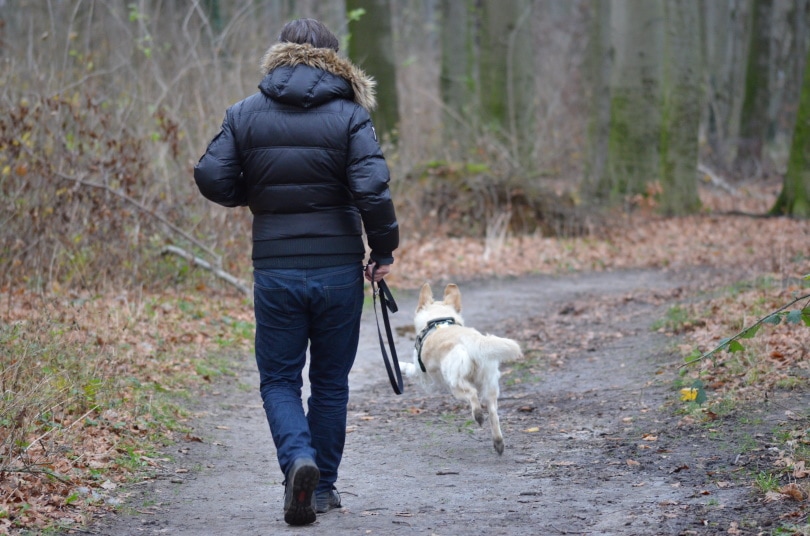
As animal lovers, a situation we hope to never encounter is a pet of ours killing or injuring another, whether that’s another of our pets, a neighbor’s pet, a stranger’s pet, or a stray. Unfortunately, dogs killing cats does sometimes happen and, in many cases, the dog owner is completely blindsided and cannot understand why their usually sweet dog would kill a cat.
Before we get into tips on what to do next if your dog has killed a cat, let’s explore why this may have happened in a bit more depth, as it’s really important for understanding your dog better and not only why they behaved this way but also to understand the responsibilities of being a dog parent.
Why Would My Dog Kill a Cat?
Though many dogs and cats get along perfectly well, in some cases, things can turn nasty without warning. Perhaps the dog became overwhelmed by an instinctive prey drive while chasing a cat or they played with a cat—an animal usually smaller and not as powerful as dogs are—too roughly which resulted in tragedy. It’s also possible that the dog got into a fight with the cat and overpowered them.
Most commonly, this kind of incident occurs because the dog may not be used to cats, is not socialized with other animals, feels threatened with the cat’s presence, especially around food sources or toys, has underlying health or behavioral issues, or has a strong chasing instinct.
First of all, this doesn’t mean that your dog is “evil” or a “bad dog.” Your dog was likely acting on their instincts and should not be punished for that—if you do try to punish your dog, they won’t be able to comprehend why. In short, your dog didn’t know any better in the way you might expect them to—dogs are simply not like humans in this way and don’t process things the same way.
Furthermore, it does not necessarily mean your dog will attack you, someone else, or a child. That said, it’s important to always supervise children around any dogs just to be on the safe side and speak with a professional behaviorist if you have concerns about aggression. Dogs may exhibit sudden aggression due to pain or illness, and it’s important to get them examined by your vet in case of any changes in their behavior.

How Can I Stop My Dog From Killing Cats?
A veterinarian will rule out any underlying health issues or pain that may have caused a change in the dog’s demeanor or may have led to sudden aggression. A professional behaviorist will be able to offer advice on how to train your dog to prevent your dog from chasing cats and potentially harming cats in the future. Unfortunately, if your dog has killed a cat once, it’s very possible that they could do it again, so you must do everything you can to prevent a future occurrence.
This includes always keeping cats away from your dog, as well as the other way around, and making sure your dog is supervised at all times and on a leash when out on the street or even in a garden that isn’t secure or where there is a risk of cats entering.
Teach your dog to recall and the “leave it” command so your dog does not act out of excitement at the sight of other animals or objects. Be sure to reward good behavior. This is an ongoing process that, in most cases, requires help from a professional and attendance of classes, so it’s important to dedicate the time and patience to training your dog every single day, particularly from a very young age. Socializing them around various animals, people, and circumstances will help to build their confidence and reduce the excitement when encountering something unfamiliar and new while focusing on recall.
Without further ado, keep reading to find out what steps you should take if your dog has killed a cat.
The 7 Tips on What to Do When Your Dog Killed a Cat
1. Move the Body to a Safe Place
When you find the cat, move them somewhere safe before you do anything else. Remember that this is likely someone’s beloved pet and they should be treated with dignity. Perhaps wrap them in a blanket and put them into a box until they can be returned to the owner. If the cat is still alive, rush them to the emergency vet’s office without any delay.
2. Inform the Owner
If you know who the owner is, the first step you should take is to let them know as soon as possible. As hard as it’s going to be to have to inform a friend, family member, or neighbor what has happened, it’s the right thing to do. Be considerate and tactful in how you let them know and always do so in person if possible as a matter of respect.
Even though what happened wasn’t your dog’s fault, you are the one who needs to take responsibility for it. It’s still going to be a very difficult time for the cat’s owner, and they should be treated with sensitivity. Dogs can be unpredictable, even if you have had them for years and have previously always been well behaved around other animals and went through training classes. As a dog parent, you are fully responsible for all of their actions that may have resulted from pain, illness, behavioral or socialization issues, fear, or other.
You’ll have to be ready for the owner to be devastated and, possibly, angry at you for the situation. Also, this is in no way professional legal advice but in certain situations, the owner may attempt to take legal action against you. We would advise that you speak to a legal counselor if it seems like that’s a possibility.
3. Offer to Pay for Burial/Cremation
If the cat belonged to someone else, it’s a good idea to offer to pay for the cat’s burial or cremation if you’re able to. If this isn’t necessary, perhaps just offer to help in any way you can. Though this won’t change what has happened, it’s a way of showing the owner that you care and regret what happened.
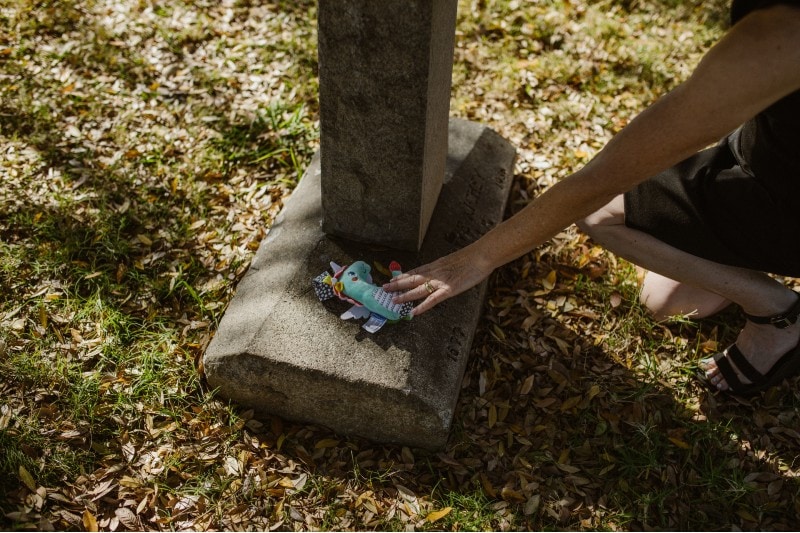
4. Block Access to Your Yard
If a cat was killed as a result of entering your yard, the dog may have been overcome by territorial instincts. It’s important to do everything you can to make sure cats cannot enter your property in the future, like by securing the fencing or even creating a safe fully fenced off area for your dog to exercise without a worry.
Supervise your dog while they are in the garden. Likewise, it’s important for neighbors not to allow their cats onto your property, but as you know, cats are not bound by fences and will explore any areas they like, be it your garden or not. If your dog is not good with other animals due to previous unpleasant life experiences, lack of socializing, or any other reason, it would be best to inform your neighbors so they are aware of the risks, and they may decide to keep their cats indoors or build them a secure catio.
5. Get the Microchip Checked
If you do not know whose cat your dog has killed, contact your vet and ask to bring the cat in to have their microchip checked. If they are microchipped, this will identify who the owner is.
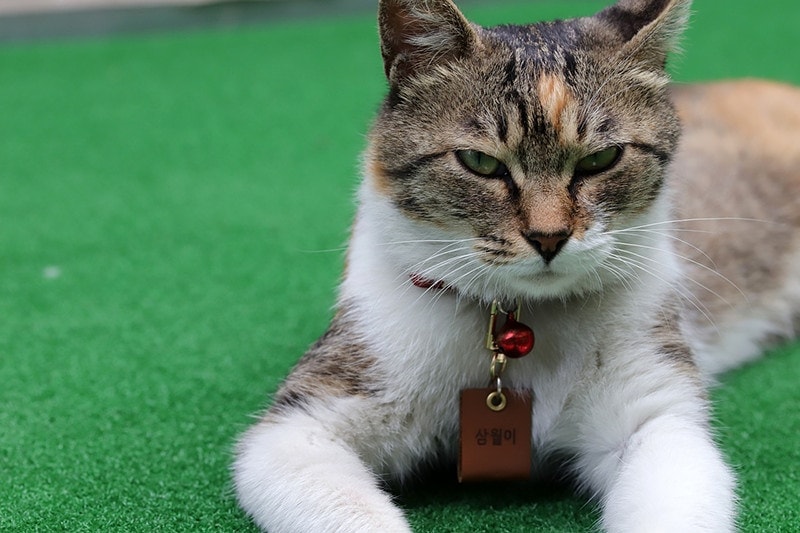
6. Contact an Animal Protection Organization
If you’re unable to get in touch with or go to a veterinary clinic to get an unknown cat’s microchip checked, try contacting an animal protection organization or a shelter—they may be able to advise you on what to do next.
7. Take Steps to Protect Other Cats
If you have cats in your home, make sure the dog cannot access them under any circumstances. When out walking your dog in the street, keep them on a leash in case they lunge at a cat in a nearby garden or a cat that gets too close. Only take the leash off in cat-free areas like the local dog park.
Speak to a veterinarian and a behaviorist to get to the root of the problem so this does not happen again and sign up for training classes that deal with reactivity or aggression. It’s important to never leave the dog unattended with your cat(s) inside the home or the garden and to ensure the dog is in a comfortable, safe, and enclosed environment overnight, such as a large crate.

Conclusion
If your dog has killed a cat, we’re really sorry—not only for the cat and the cat’s owner but also for you as we know this is every caring dog parent’s worst nightmare. The best thing you can do now is to try and help the cat’s owner in any way you can and take steps to make sure this doesn’t happen again. A dog cannot be blamed for acting on instinct, and it is the owner’s responsibility to control their dog at all times and to accept the consequences of the dog’s actions if left unattended.
It’s important to speak with your veterinarian and a professional behaviorist for the best possible advice on how to understand your dog’s attitude towards cats.
See Also:
Featured Image Credit: Piqsels



